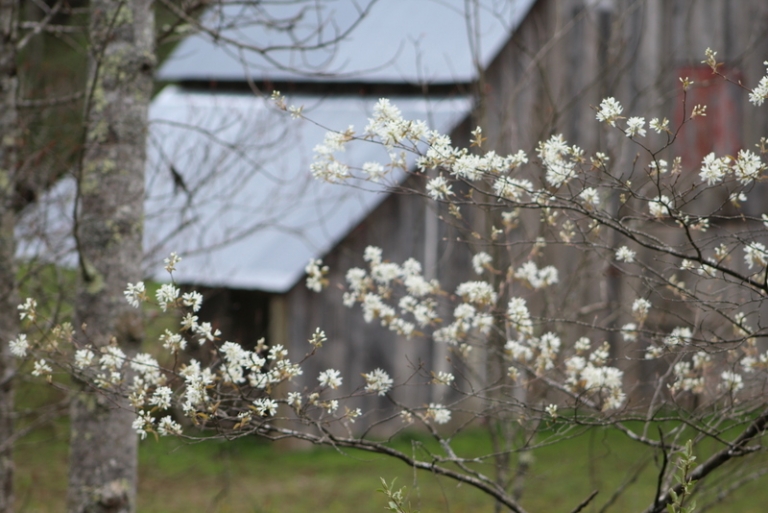
SANDYVILLE, W.Va. — Seasons can come and go in the temperate regions of the world with many false starts, but in the Appalachian Mountains, folks know spring has arrived when the tiny white flowers of the Sarvis Tree blossom.
When the tree's blossoms appeared in early spring, settlers in Appalachia knew it was time for "green funerals"—services for the dead who passed in winter when the preacher couldn't reach the community. "Sarvis," according to some historians, is a mountain pronunciation of "service."
In olden days in the mountains, paths and wagon roads might remain unusable until the tree bloomed: Snow left developed trails too muddy for travel until April, and, often, waterways served as roads and were reliably flooded well into spring.
In West Virginia, these trees, formally known as Amelanchier, begin to blossom in early April in the warmer lowlands and in late April in the uplands. Their bloom often coincides with that of the bright pink redbud. Both trees add bright colors to the woodland understory as winter loses its grip.
While mountain folk in Appalachia lay claim to the tree, and its appearance is without a doubt a hallmark of mountain lore, it is, in fact, native to a large swath of the northern hemisphere and serves the same predictive function in many cultures.
Depending on where you live in the English-speaking world, Amelanchier might be known as shadbush, shadblow, shadwood, serviceberry, or sarvisberry. It might also be called sarvis, juneberry, sugarplum, wild plum, or chuckley pear.
In western Canada, it's also known as the saskatoon, for which Saskatoon, Saskatchewan, is named. Its name "Shadberry," also, refers to shad runs in New England streams that occur about the time the trees blossom. In many regions, its berries fruit in May and June, hence its name Juneberry.
Amelanchier is remarkably diverse and includes about 20 species of deciduous shrubs and small trees. Here in West Virginia, its most common occurrence is as Amelanchier laevis or Allegheny serviceberry. Though some serviceberries grow only as large as a small shrub, Amelanchier laevis can reach 30 feet tall.
Here in West Virginia, you'll likely see its blossoms high in the forest understory, though it also occurs along the margins of fields and forests.
Like the redbud, it flowers before its leaves appear. Soon after its blooms are spent, it becomes virtually unrecognizable in the forest greenery unless you can identify its leaves and bark. It's also a preferred browse for deer and rabbits, and many caterpillars and herbivorous insects feed on its stems and leaves.
Some people consume the bluish berries of several kinds of Amelanchier raw, and many compare the taste to blueberries. Native Americans ate the berries raw or sun-dried. They can also be made into wine and jelly, and mountain folk in Appalachia mainly regarded them as a source for pies.
Whenever you see serviceberry or Sarvis Tree, in blossom, take a moment to consider how such a plant served as a benchmark for the seasons and a source of fruit and materials. Even now, in Appalachia, many residents depend on the tree to gauge time.
Pink-flowering redbud trees guided early W.Va. settlers
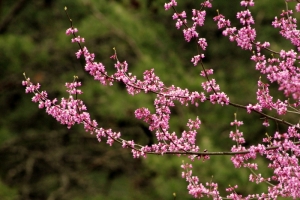
Blossoming across the eastern U.S. in spring, redbud trees were notably important during the settlement of West Virginia and the central Appalachian Mountains. They indicated the presence of some of the best soil for farming. Read the full story here.
For more stories like this, sign up to receive a FREE copy of West Virginia Explorer Magazine in your email twice weekly. Sign me up!







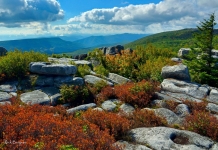





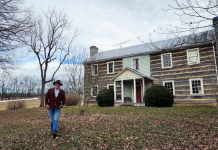
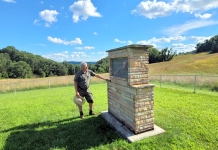
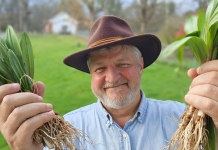
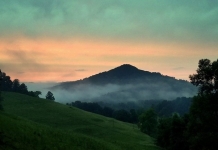








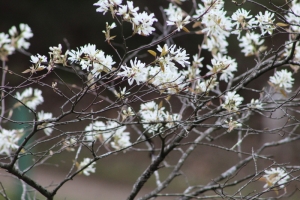
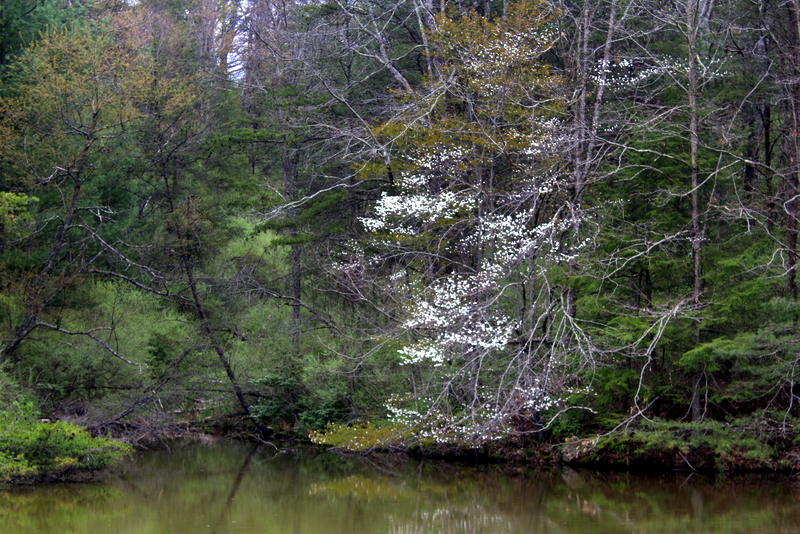








Facebook Comments